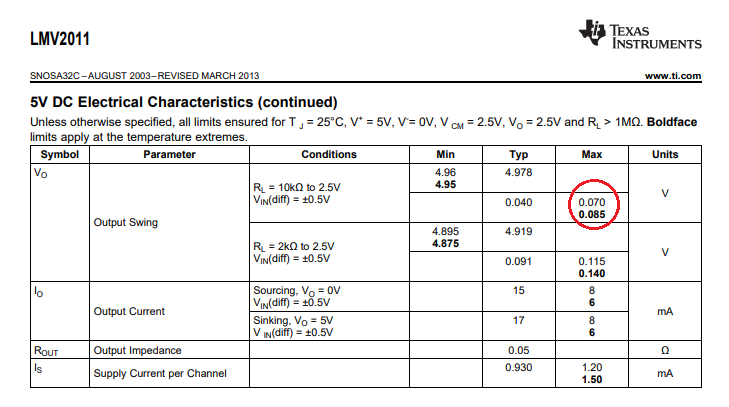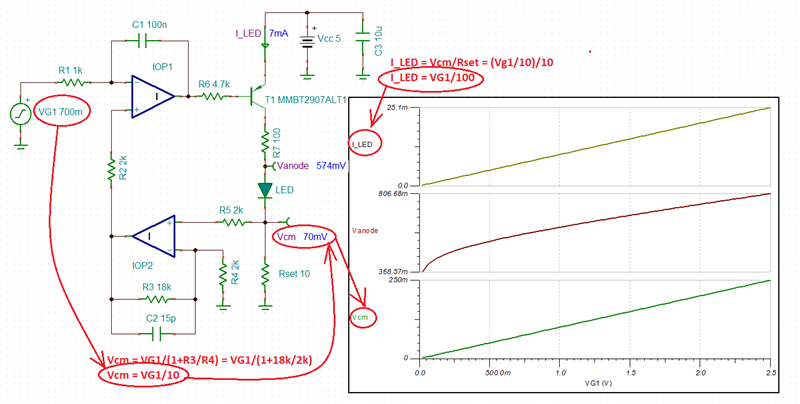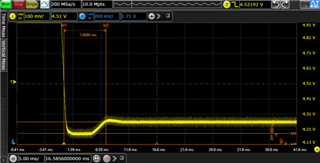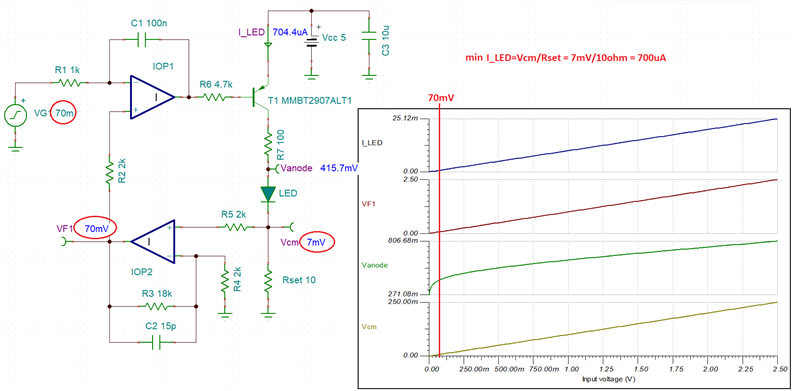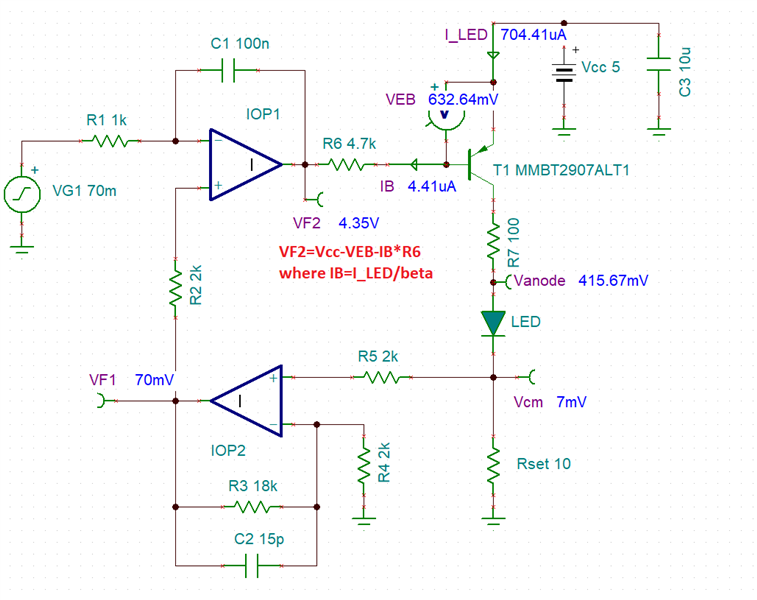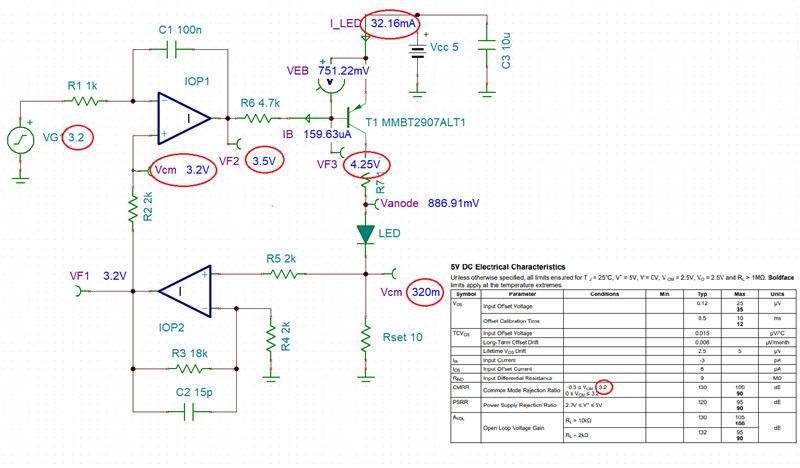Other Parts Discussed in Thread: OPA392, OPA387, OPA325, LM7705, TINA-TI
Hello ,
I have some questions about LMV2011
I constructed a circuit to control LED using OP AMP and PNP transistor
but there are some error on my circuit.
The blue one is using LMV2011 and yellow one is using other vendor's OP AMP
The voltage below is the measurement of the anode voltage applied to the LED, and the actual drop voltage is about 50mV ~ 100mV.
Except for the OP AMP, there is no difference in the circuit.
I wondering why the blue one (LMV2011) operating like this.
Is there anything I can check to see why the voltage is like that?
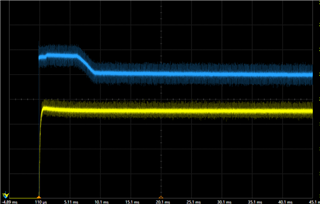
I get a lot of help from TI E2E support forums every time, thank you.



